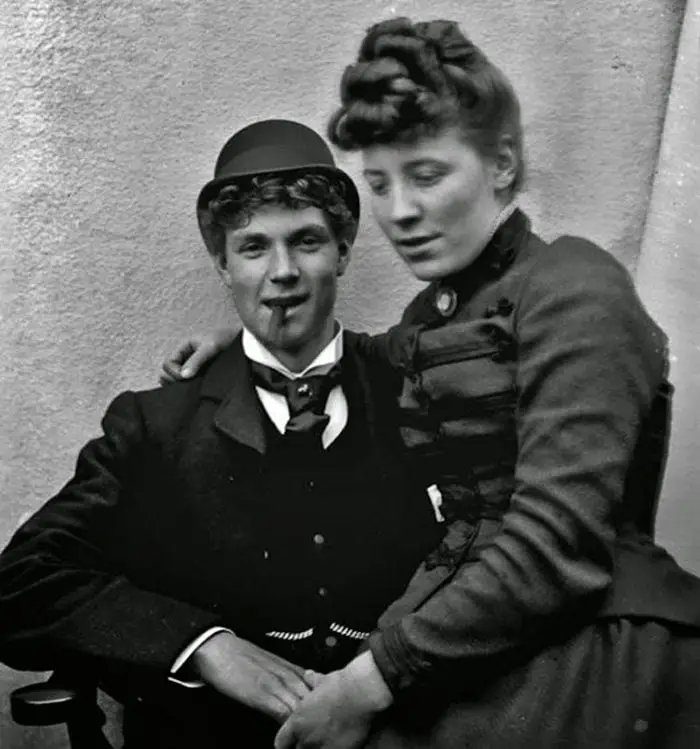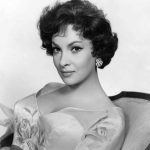If you’ve ever looked at pictures from the Victorian era, you’ve probably noticed that nobody is smiling. Everyone looks so serious.
People gave different reasons for this. Long exposure times made smiling difficult—imagine holding a smile for several hours! The high cost of portraits and probably poor dental hygiene made many reluctant to show their teeth.
Ladies got stuck in doorways because of their large dress skirts and fainted from tight corsets. The infamous London fog was actually heavy pollution from coal mines and frequent city fires.
The 1800s were strangely obsessed with Egyptology and cosmetics, particularly lipstick. Moreover, social rules and behavior codes were extremely strict.
With such a challenging life, it’s understandable that most people didn’t smile in Victorian photos. But these rare vintage photos prove that fun and light-hearted moments did exist.
1. Her Majesty’s Gracious Smile By Charles Knight, 1887
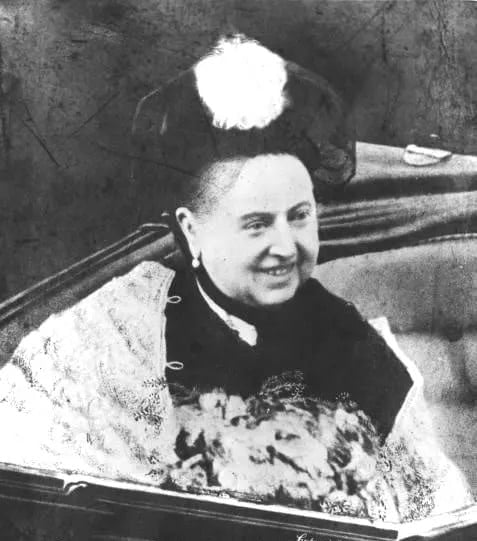
This photograph provides rare evidence that even Queen Victoria smiled at least once.
Queen Victoria was the monarch of the United Kingdom of Great Britain and Ireland from 1837 to 1901. Her reign is the second-longest of any British monarch, surpassed only by Queen Elizabeth II. In 1877, she also became the Empress of India.
Victoria’s reign was notable for significant cultural expansion, advances in industry, science, and communications, as well as the construction of railways and the London Underground.
2. Tsar Nicholas II Goofing Around, Darmstadt, Germany, 1899
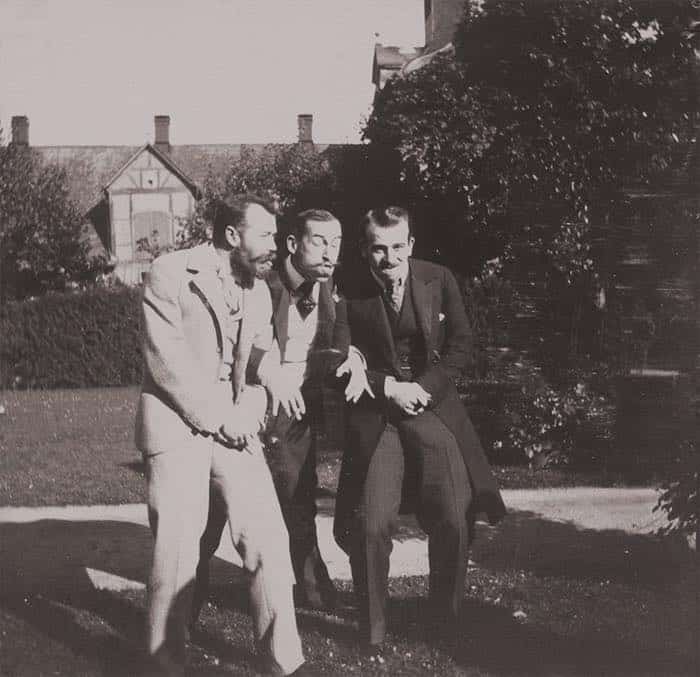
This photograph shows Tsar Nicholas II of Russia (white shirt) having a playful moment with friends in Darmstadt, Germany.
The image depicts them making funny faces and poses, which contrasts sharply with the often serious and formal depictions of historical figures from that era.
Tsar Nicholas II was the last Emperor of Russia, ruling from 1894 to 1917. His reign faced major challenges, including the Russo-Japanese War, the 1905 Revolution, and World War I, leading to his abdication and the end of the Romanov dynasty.
Tragically, Nicholas and his family were executed by the Bolsheviks in 1918.
3. Vintage Humor
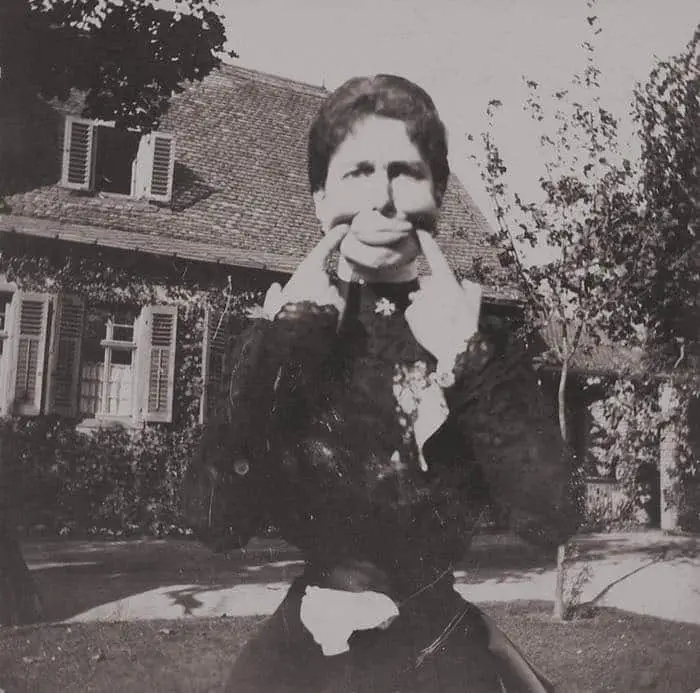
The woman in the picture is said to be Grand Duchess Victoria Feodorovna of Russia, a German princess who became part of the Russian royal family through her marriage to Grand Duke Kirill Vladimirovich.
This image captures her playfully making a silly face by pulling the corners of her mouth upward, showcasing a humorous and lighthearted moment.
4. Cakewalk Dance
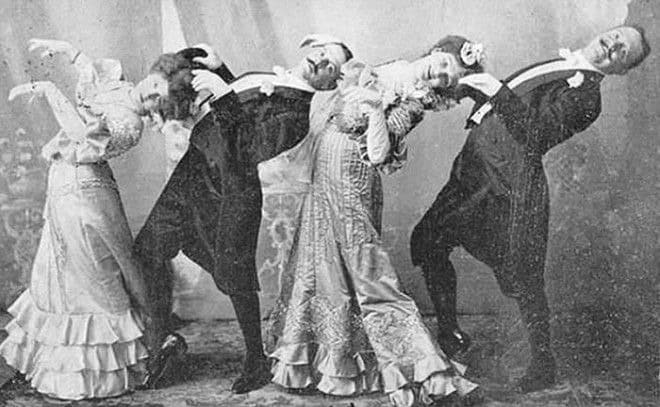
At first glance, the cakewalk looks amusing, but its origins are troubling.
This dance, often called the most racist in the world, was performed by Black slaves and judged by plantation owners. It began as a way for slaves in Florida to mock their masters with exaggerated prancing.
Couples paraded down an aisle, with the winning pair awarded a cake, hence the name. By 1892, cakewalk championships were held in New York’s Madison Square Garden, and the dance even appeared at the Paris World’s Fair in 1889.
The cakewalk was taught to English aristocrats and the American elite, spreading through minstrel shows where even Black performers wore blackface.
As ragtime historian Terry Waldo noted, the dance became about “Blacks imitating whites who were imitating Blacks who were imitating whites,” losing its original meaning.
The dance lost its original meaning but became popular for its silliness. It provided a release from strict Victorian social norms and inspired variations like the Grizzly Bear, where dancers mimicked bears, complete with bear hugs and back-rubbing.
5. Richard Freiherr Von Krafft-Ebing
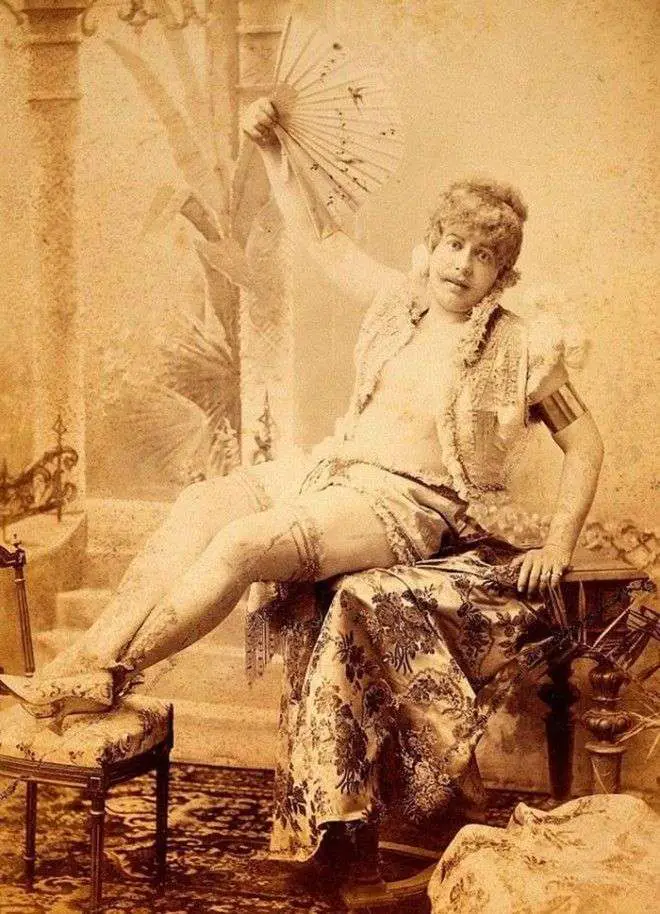
This photograph pictured Richard von Krafft-Ebing in a playful, cross-dressed pose.
He was seated, wearing ladies’ shoes and stockings, a ruffle or lace-edged open top (bare-chested), and shorts or skirt, holding up an open fan. He was seated on a table with his feet resting on a stool.
Richard von Krafft-Ebing (1840–1902) was a pioneering sexologist best known for his book Psychopathia Sexualis: eine Klinisch-Forensische Studie (Sexual Psychopathy: A Clinical-Forensic Study).
First published in 1886 and expanded in later editions, the twelfth edition included 238 case studies of human sexual behavior.
6. Three Yale students In drag, Circa 1883
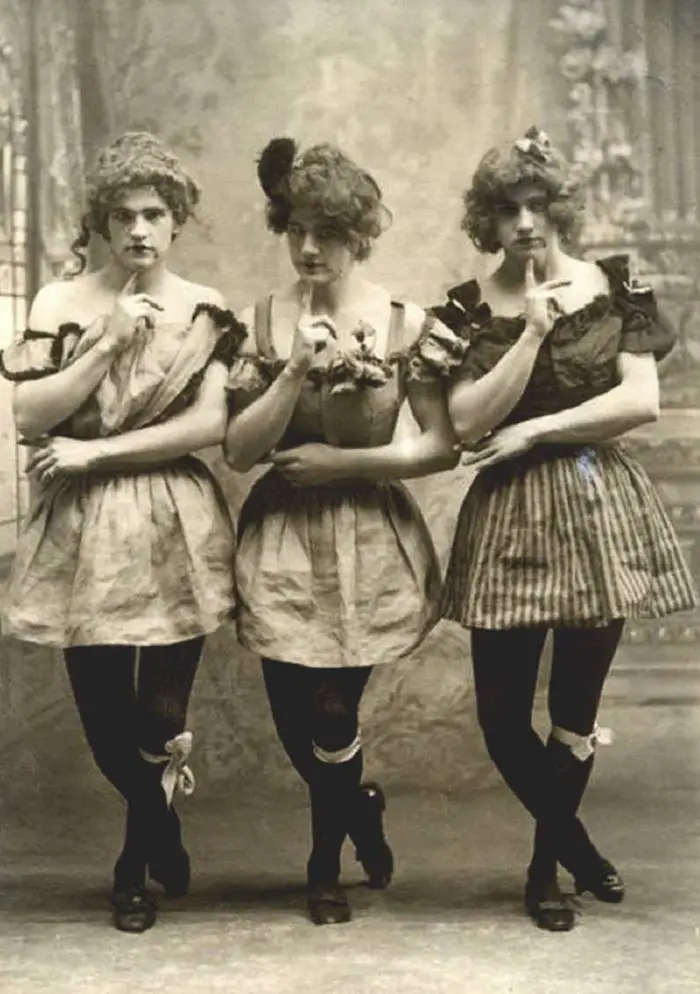
7. Hijinks In Darmstadt, Wolfsgarten, Fall 1899
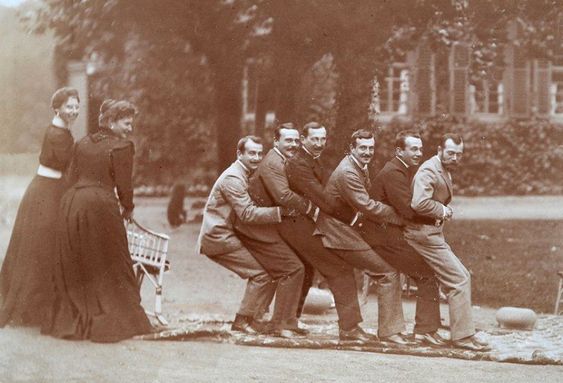
8. Vacation Sports At The Seaside

9. Unknown Victorian In Mid-jump
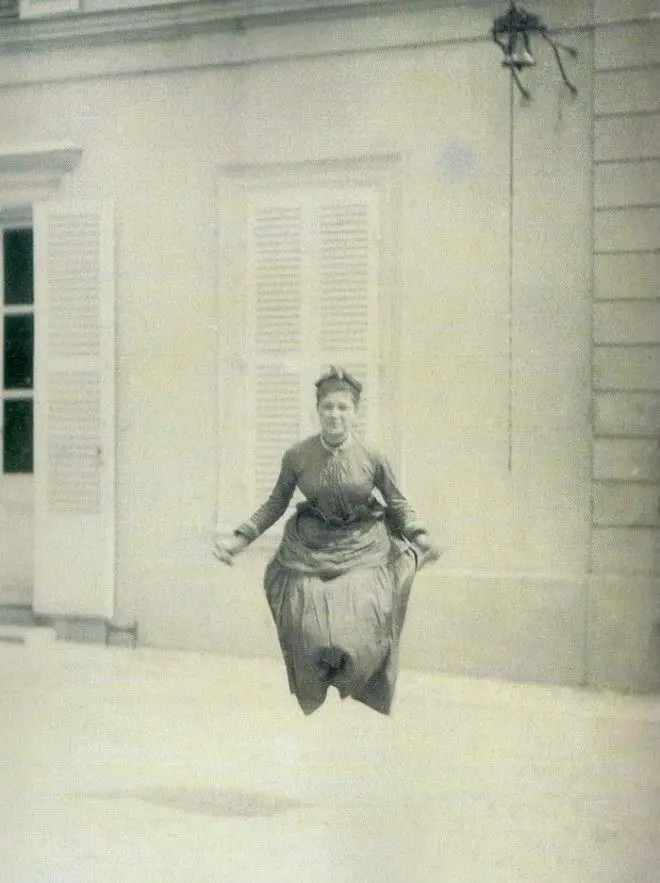
10. Say That Again, And I’ll Dip You In, 1897
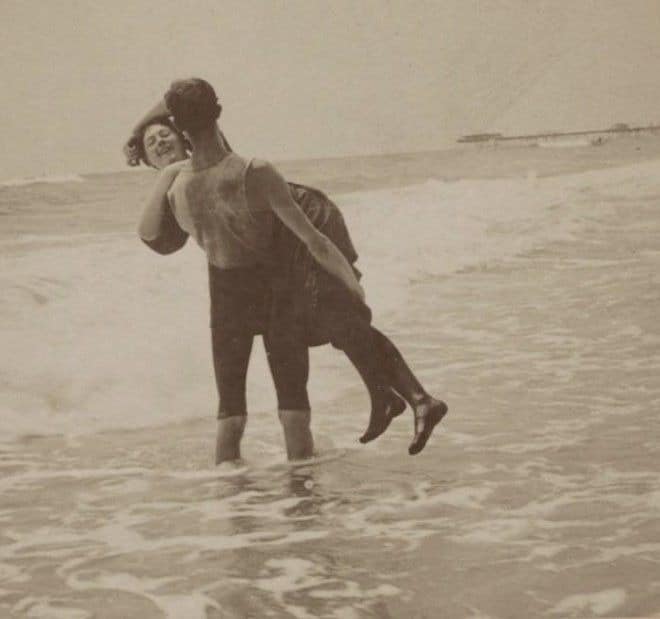
11. Men And Women Cross Dress In This Silly Victorian Snap, 1880-1900
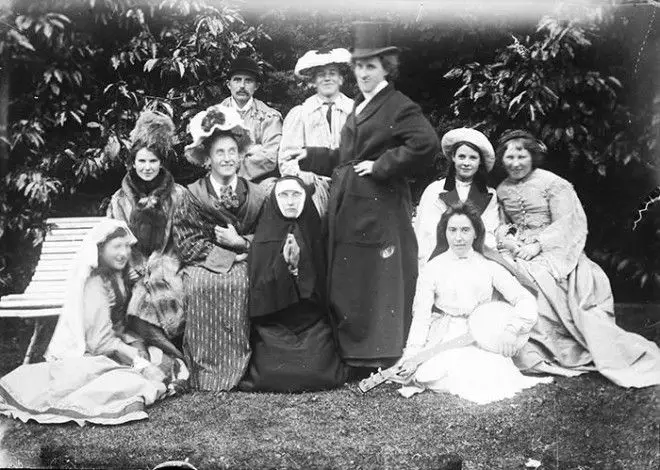
12. Piggy Nose
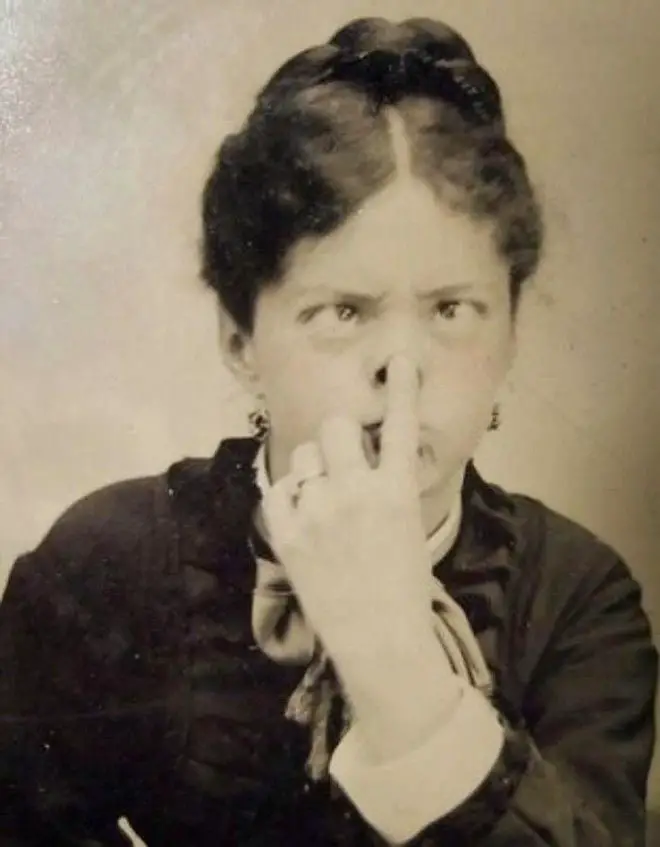
13. Awkward Family Photo, Victorian Edition
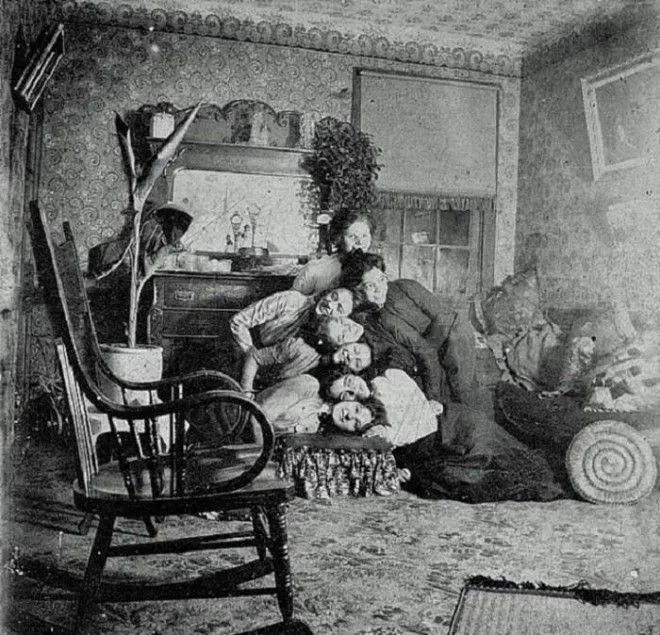
14. Unusual Portrait Of A Victorian Lady, 1840
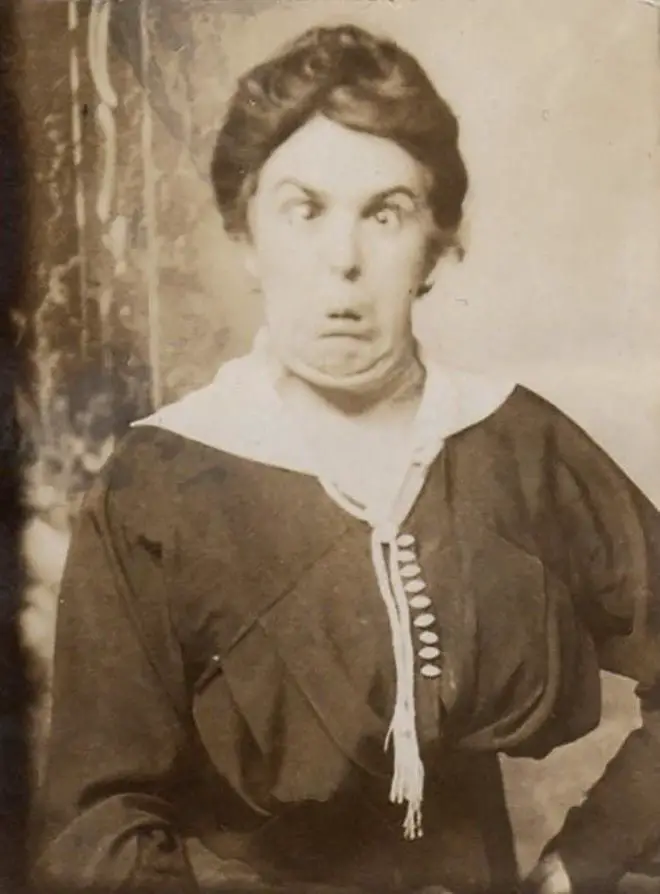
15. A Snow Lady, 1892
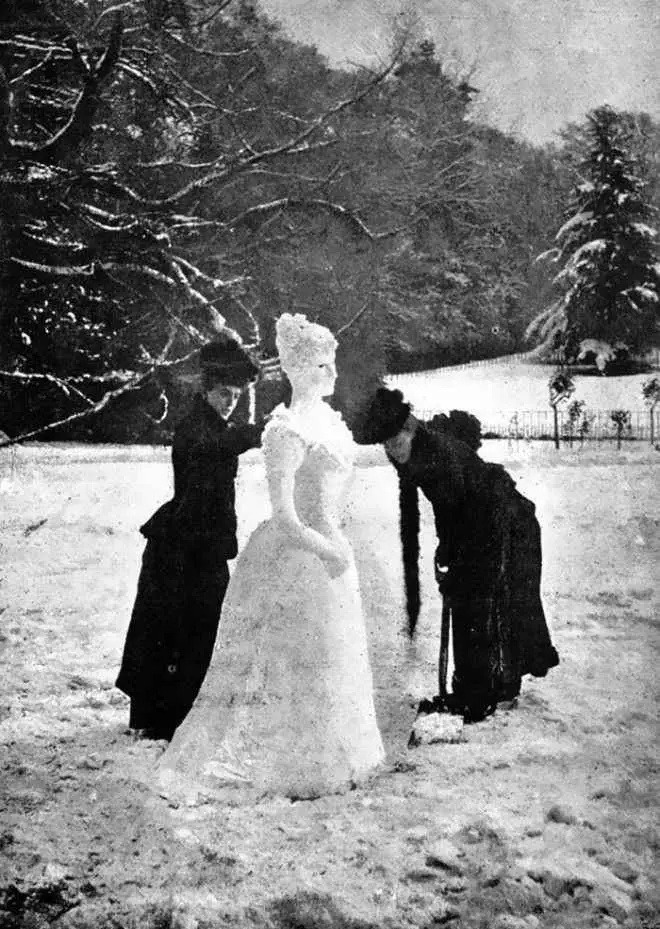
16. A Unique Tea Setting For Two
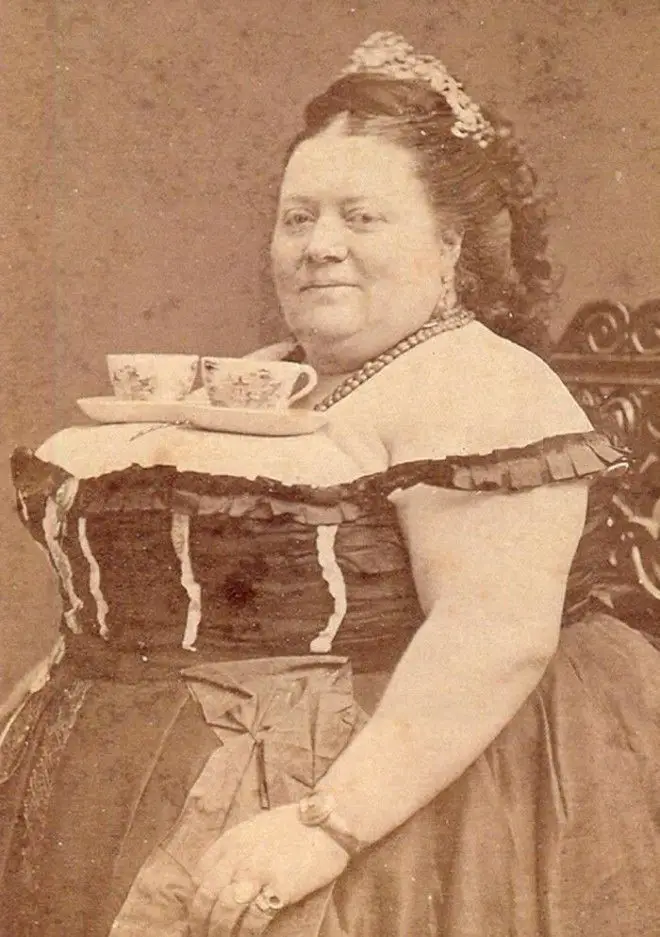
17. A Victorian Couple Trying Not To Laugh While Getting Their Portraits Done, 1890s
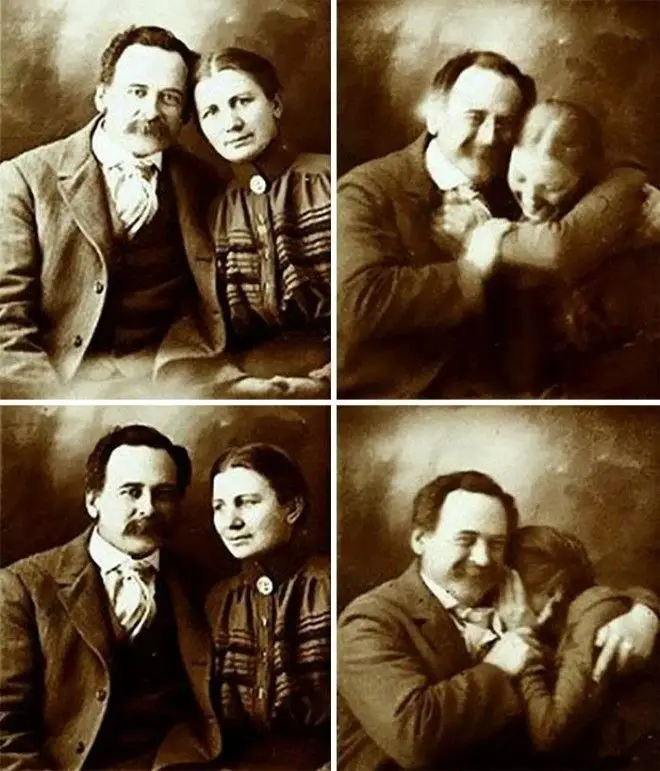
18. The Victorians From France
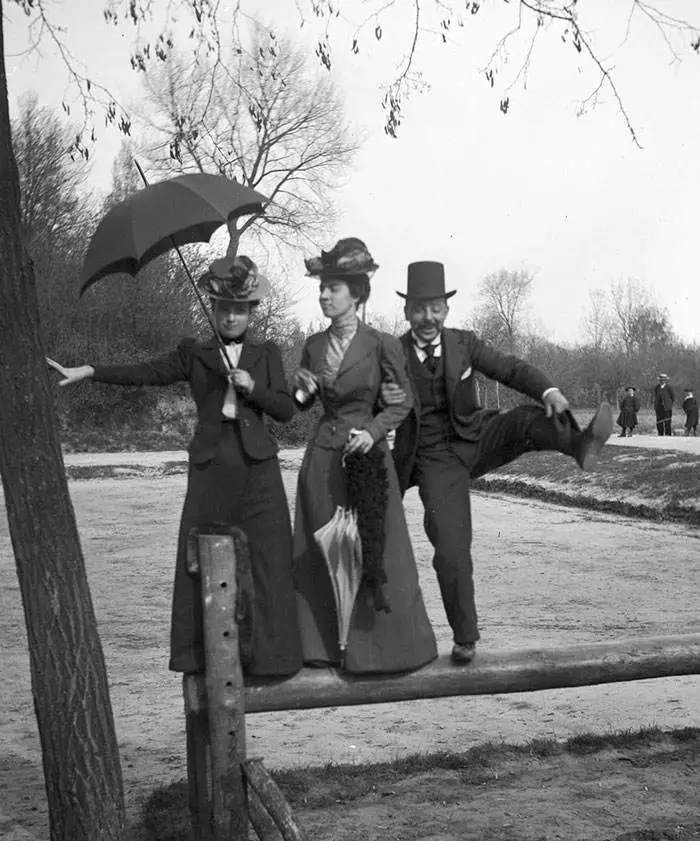
19. Courting In The 1800s Never Looked Better
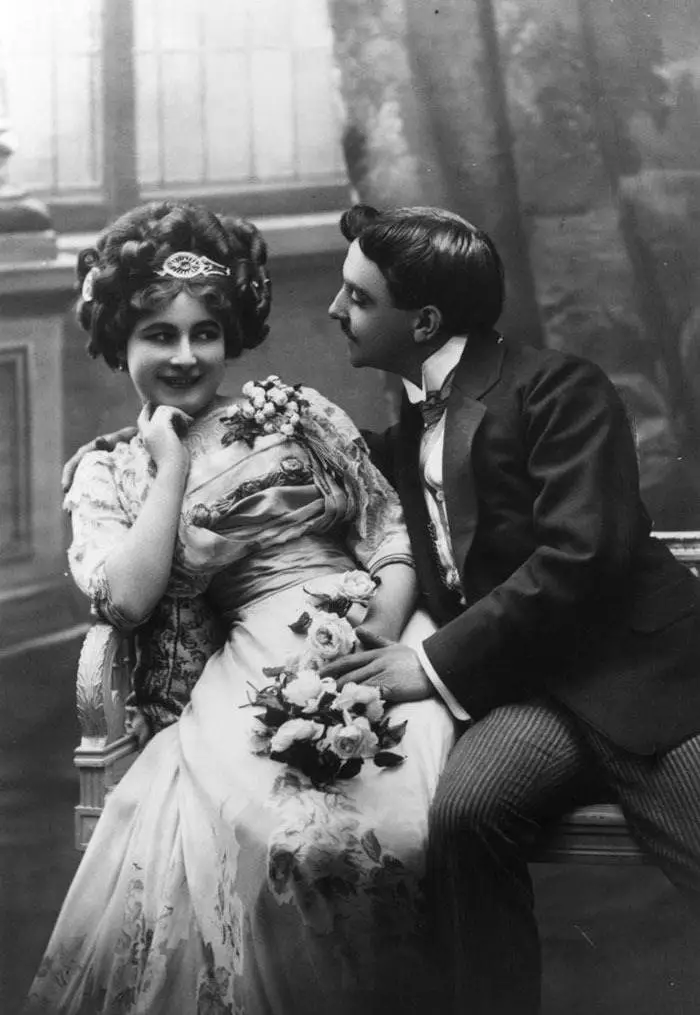
20. This Is As Close To A Victorian Selfie As It’s Going To Get
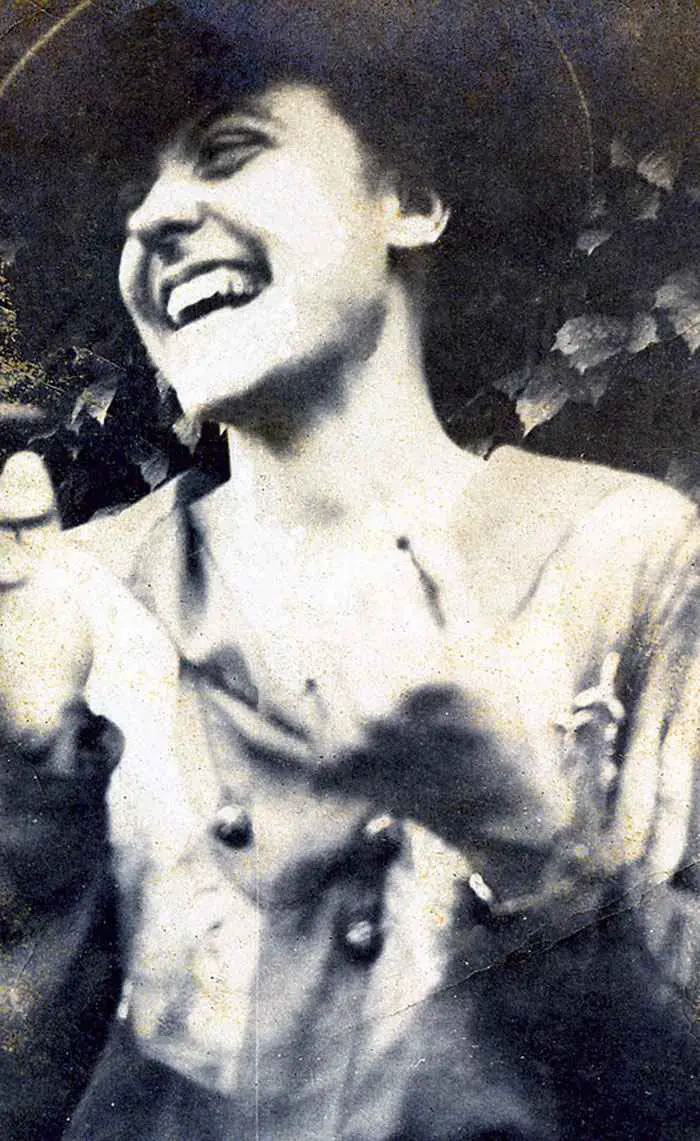
21. Tsar Nicholas II And Prince Nicholas Play Together
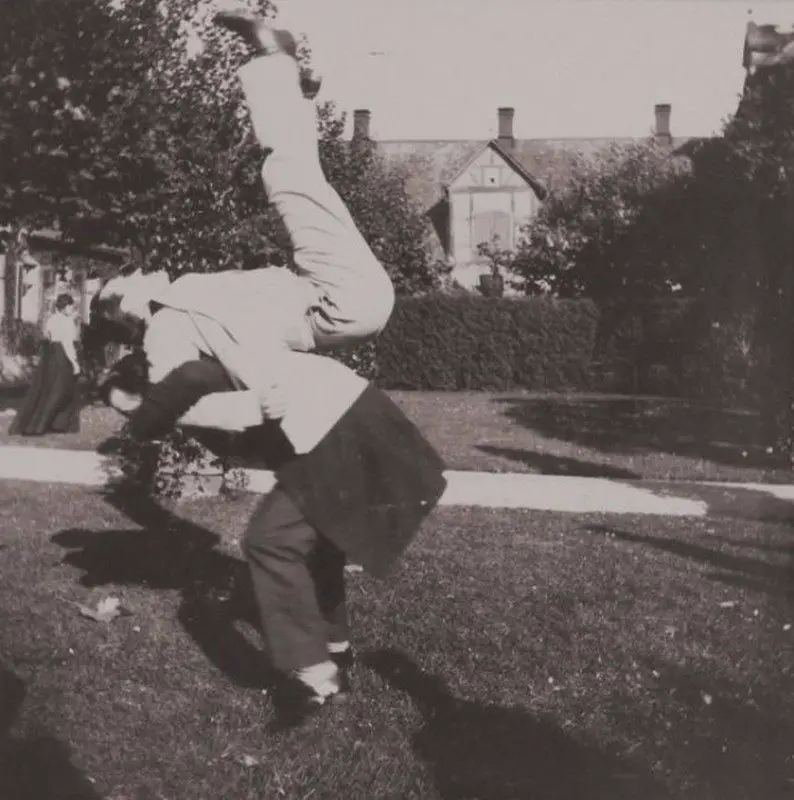
22. Alexander The Great And The Danish Princess At Tsar Nicholas II’s party
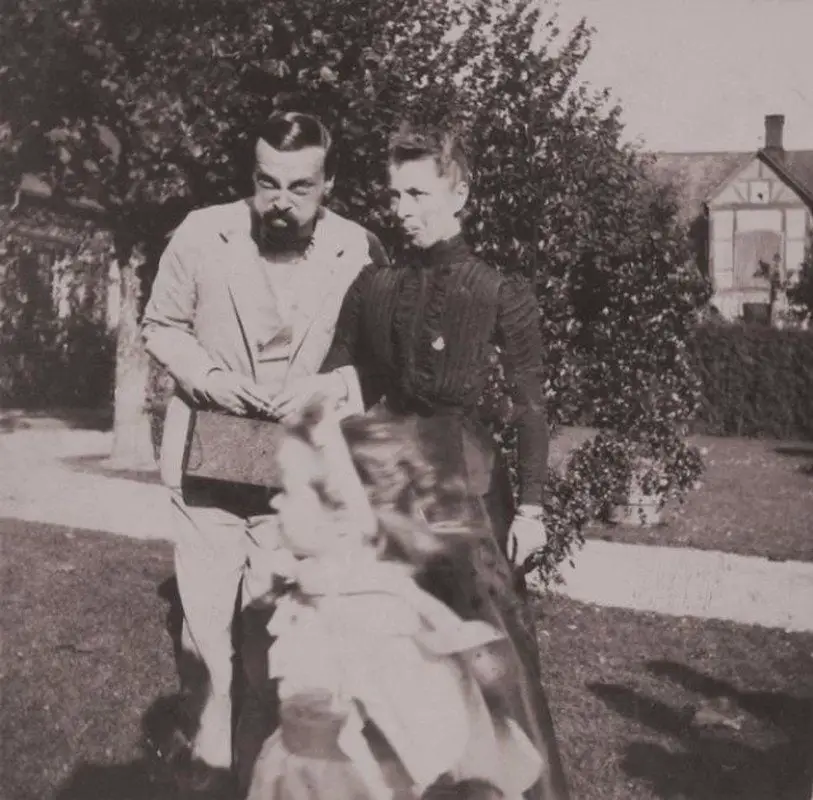
23. Grand Duke Cyrill Vladimirovich Of Russia Poked His Head Up From The Well
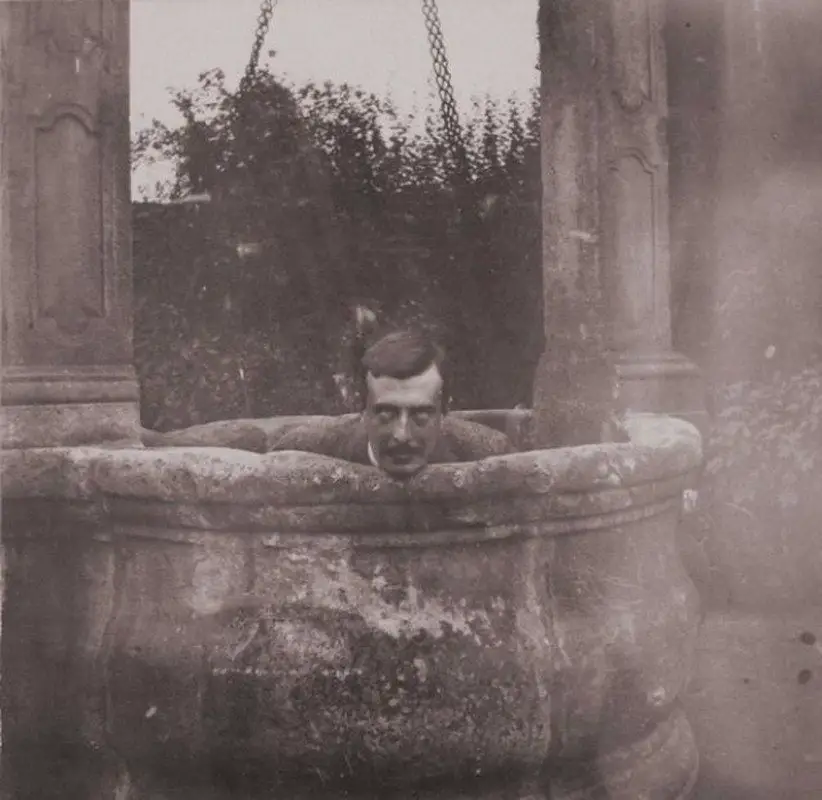
24. Smiling Victorians
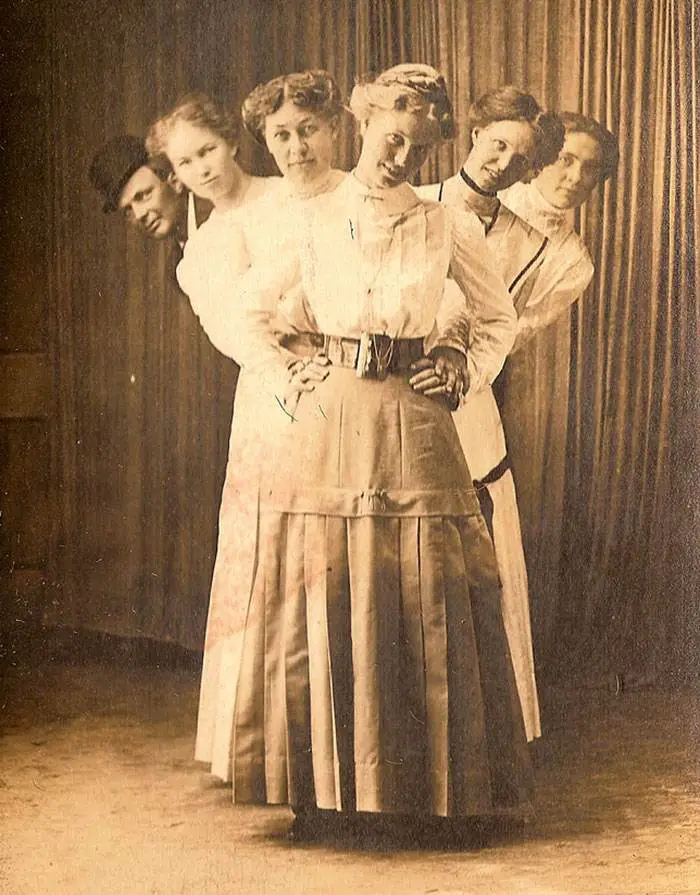
25. Victorians Pulling Face, 1900
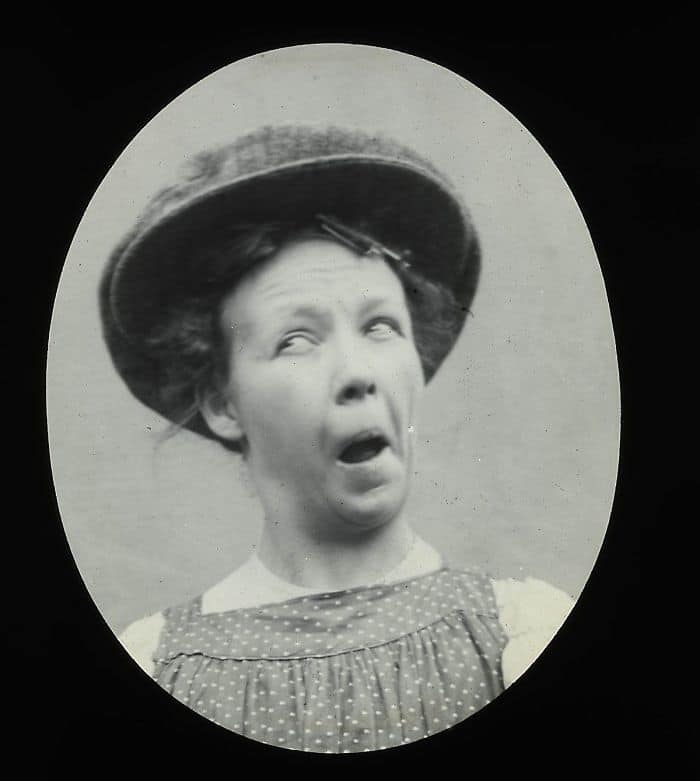
26. Smiling Victorians, 1900s
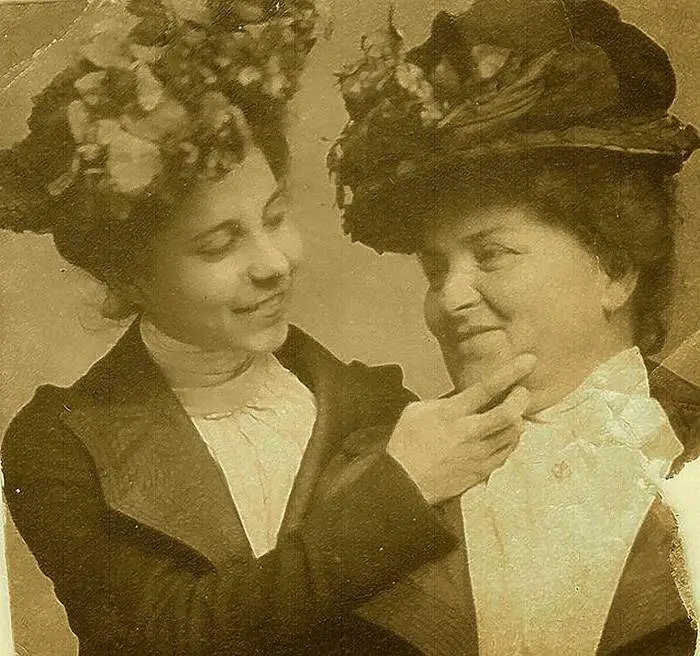
27. Victorians, 1800s

28. Smiling Victorian, 1800s
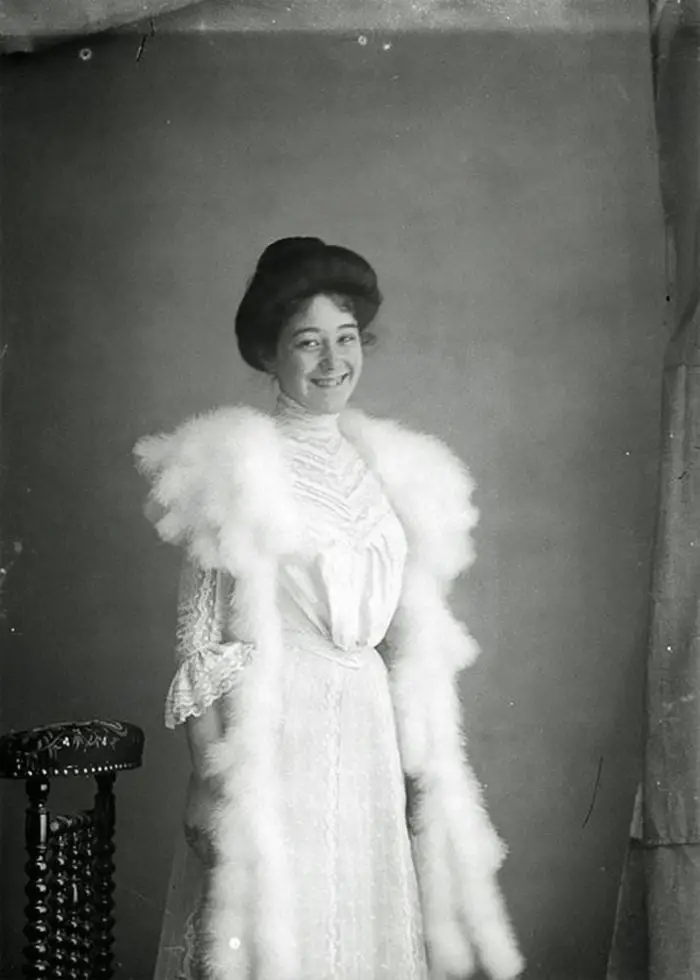
29. Man Pulling A Funny Face
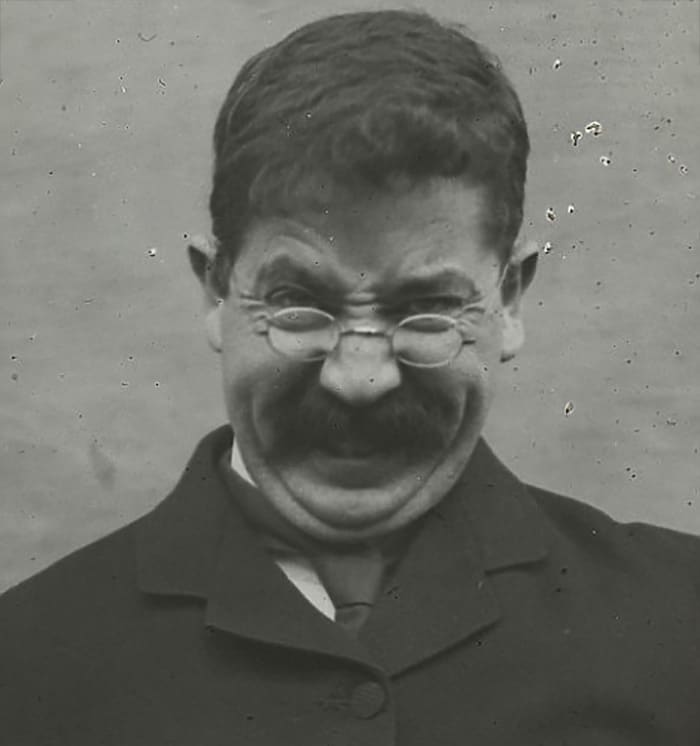
30. A Woman Riding A ‘scorcher’, A Victorian Bicycle, In St James’ Park, London

31. Kid Pulling A Funny Face
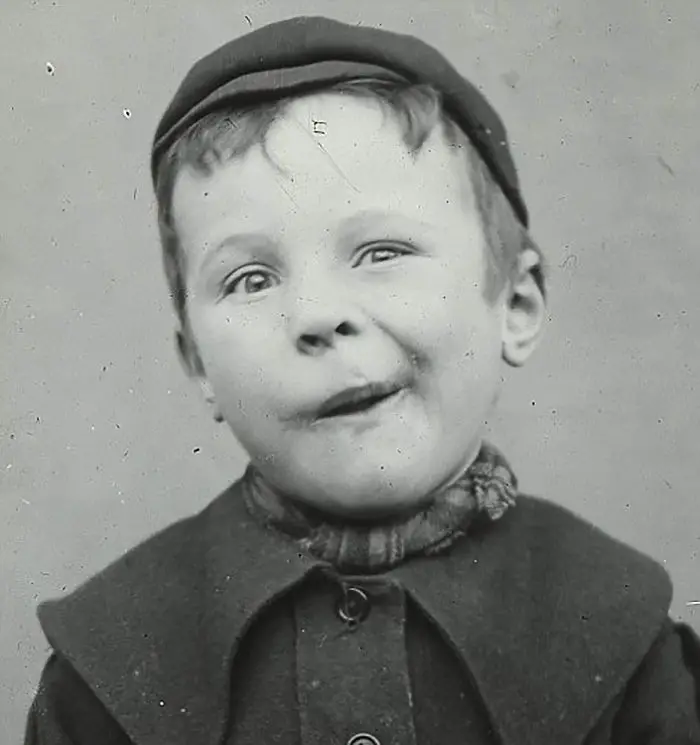
32. Man Pulling A Comical Face, 1900
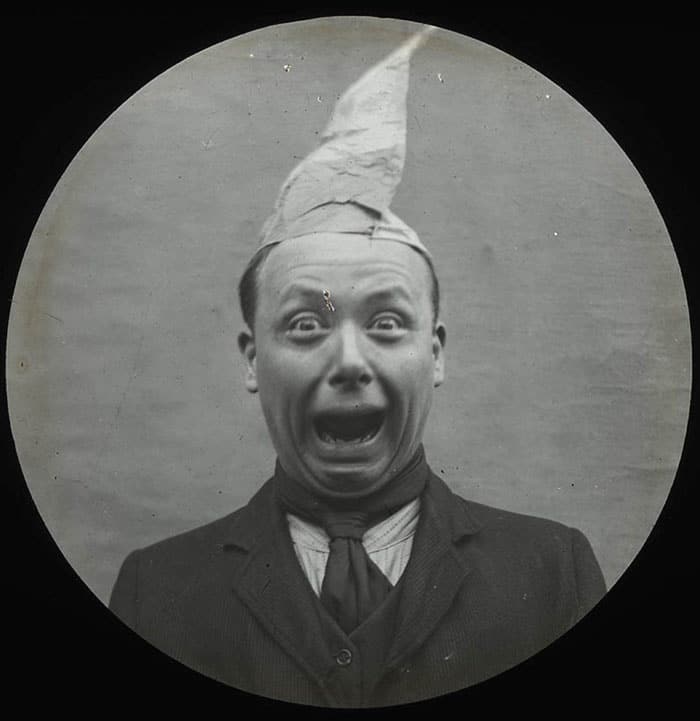
33. Gibson Girls
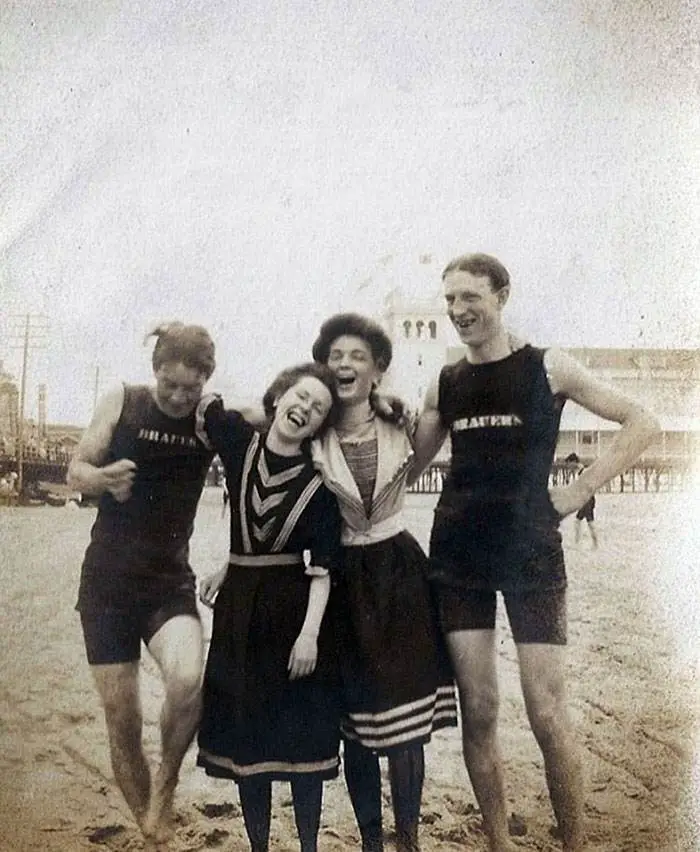
34. Evelyn Winchester
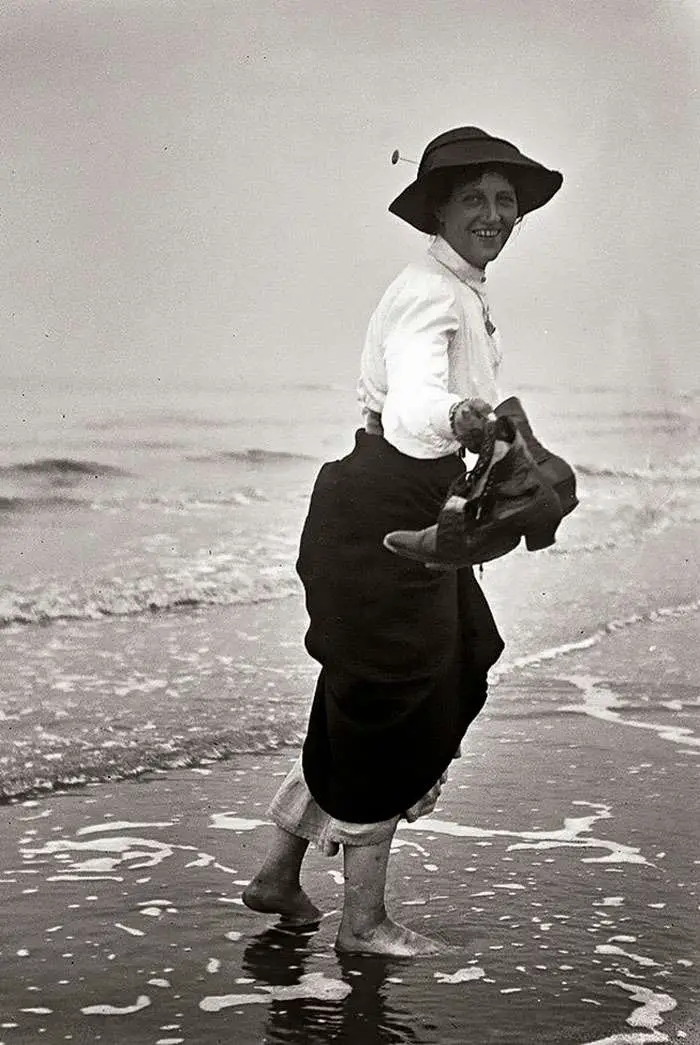
35. A Young Couple A Photographed In Fancy Dress, 1880-1900
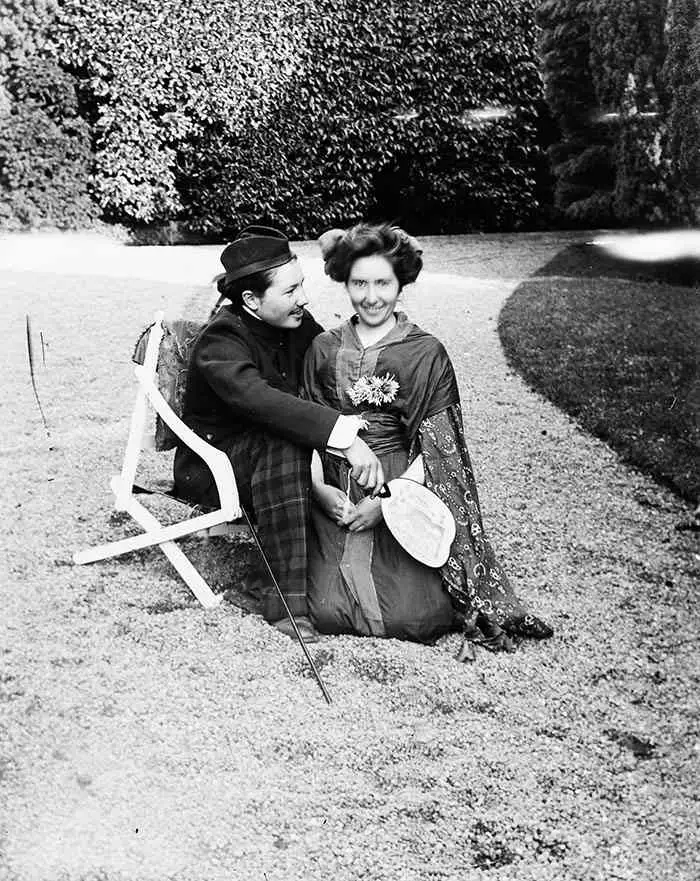
36. Slicker-Looking Guy
